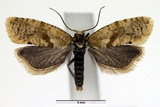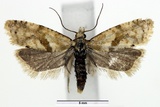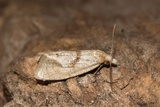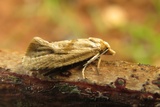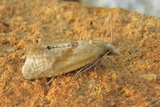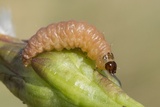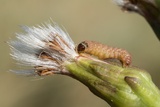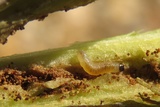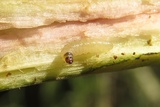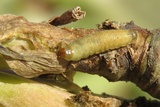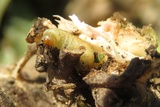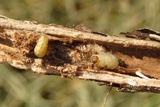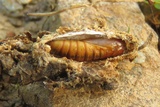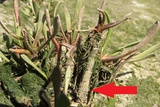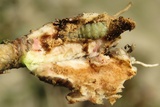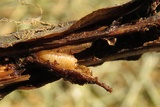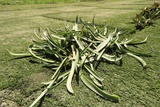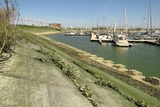Phalonidia affinitana (Douglas, 1846) Species
Last modified: Dec. 11, 2023, 3:47 p.m.
A very rare and local species in Belgium.
Details
- Classification
- Family: Tortricidae > Subfamily: Tortricinae > Tribus: Cochylini > Genus: Phalonidia > Species: Phalonidia affinitana
- Vernacular names
- Zultebladroller (NL), Large Saltmarsh Conch (EN), Strandaster-Wickler (DE)
- First mention in Belgium
- Janmoulle E. 1947c. Microlépidoptères nouveaux pour la faune belge. — Lambillionea 47(5–8): 43–44. On page 43.
- Status
-
Native
Distribution
Imago
Wingspan 11-14 mm. Fresh well-marked specimens are ochreous brown andhave an oblique brownish median fascia from the dorsum at one third that fades before reaching the costa, but the strength of markings can vary greatly. There may be a small tornal spot and slight strigulation over the wing.
Bionomics
Oviposition on a flower head. The young larva lives for a short time within the head, then descends as a borer in the stem, often as far into the root where it overwinters in a hibernaculum. The almost fully grown caterpillars live in the base of the shoots at the end of April and pupates in the larval habitation.
Infected shoots have stunted growth. They also break off easily because they are usually already dying at the bottom.
The adults come to light.
Flight periods
The adults are usually on the wing from mid-May towards mid-August.
Observed on
- Host plant (species):
- Tripolium panniconum
The larva lives on Tripolium pannonicum and on Inula.
